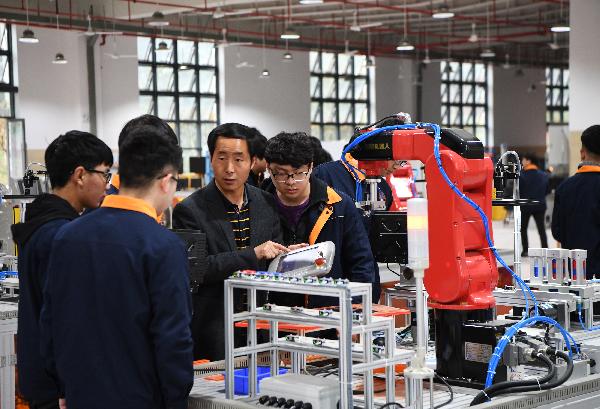
China’s economic slowdown deepened in the first two months of the year, pushing unemployment sharply higher and intensifying pressure on the government’s calibrated stimulus strategy.
With industrial output having its worst start to a year since 2009 and retail sales expanding at the slowest pace since 2012, the unemployment rate jumped to 5.3 percent in February from 4.9 percent in December, the highest level in two years. On the upside, fixed-asset investment accelerated and property investment jumped.
Against the backdrop of slowing global demand and domestic weakness, the jump in joblessness comes just days after Premier Li Keqiang announced an “employment first” strategy as a key part of economic policy for the coming year. That will feed into policy makers’ calculations as to if and when further stimulus measures to shore up the world’s second-largest economy are needed.
“The increase of the unemployment rate shows rising pressure from the U.S.-China trade war on China’s job stability," said Tommy Xie, an economist at Oversea-Chinese Banking Corp. in Singapore. "On a positive note, demand looks still resilient for now. The re-acceleration of fixed-asset investment shows that China’s proactive fiscal policy is taking effect. There is a good chance that fixed-asset investment growth may have bottomed out."

Asian stocks traded mixed on Thursday. Shares fluctuated in Hong Kong and Japan, and declined in China, with the Shanghai Composite gauge falling 1.2 percent.
There was no January data as the National Bureau of Statistics combines readings for the first two months of each year to smooth out volatility from the Lunar New Year holiday, when factories and businesses across the country shut down. This year the holiday weighed on the entire month of February, while last year it spilled more into March, spokesman Mao Shengyong told reporters at a briefing after the data was released.
Policy makers signaled during the ongoing annual national legislature meetings in Beijing that a debt-fueled investment boom won’t be deployed to cushion the slowdown, and tax reductions will be the main focus of stimulus. The almost 2 trillion yuan of tax cuts announced is unprecedented and Finance Minister Liu Kun said the actual amount may be higher.
“We have rolled out a raft of policies, including cutting red tape and reducing taxes and fees,” said Mao. “When these policies are gradually implemented, the investment will hopefully continue the trend of stabilizing and improving.”
Growth will remain under pressure in coming months from slowing exports and weak sentiment but will find a floor in the second quarter as stimulus works through the system and trade tensions with the U.S. ease, said Louis Kuijs, chief Asia economist at Oxford Economics in Hong Kong.
Property investment jumped to 11.6 percent growth, the highest since November 2014, and that will buoy consumer demand, Helen Qiao, chief Greater China economist at Bank of America Corp. in Hong Kong told Bloomberg Television. Retail sales expanded 8.2 percent, down from 9 percent in December.
The surge in property investment was due to previous land sales and the acceleration of construction, said Mao. However, land and property sales dropped in the first two months, and this will weigh on future trends, he said.
“Today’s data means the economy will take a longer time to bottom out as industrial production and consumption are still under pressure despite the rebound in investment” and the worsening jobless rate indicates more easing policies to come as policy makers always put employment at the first place, said Liu Peiqian, Asia strategist at Natwest Markets PLC in Singapore.
Source: Bloomberg
















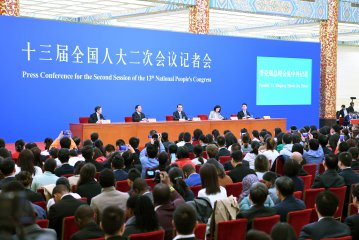
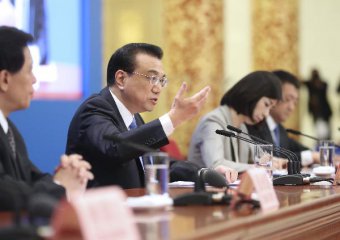
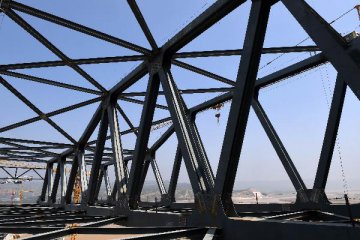
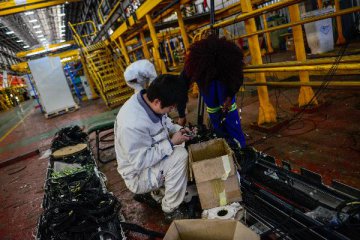

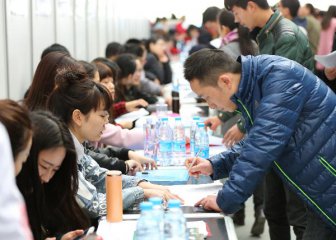


Latest comments